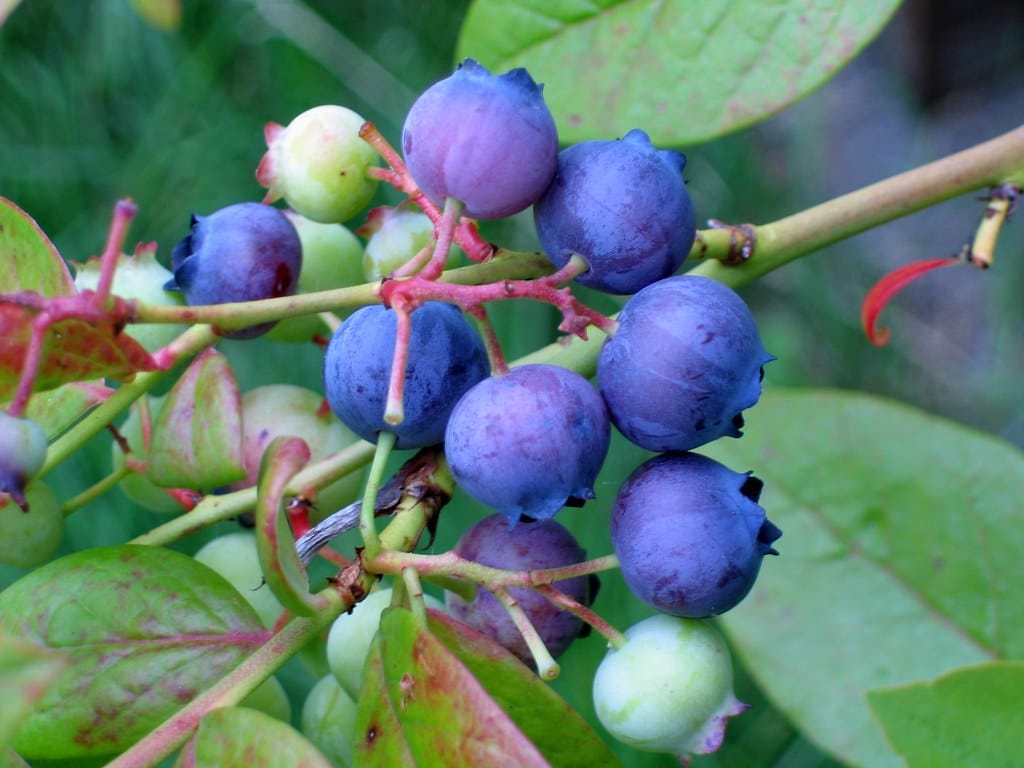
Blueberries, often dubbed as nature’s candy, have been cultivated and cherished by people for centuries. These little blue gems are not only delicious but also packed with antioxidants, vitamins, and minerals. From muffins to smoothies, blueberries have found their way into various culinary delights, enhancing flavors and nutritional values alike.
The global appreciation for blueberries has turned them into a lucrative agricultural product. However, the road to growing plump and juicy blueberries is fraught with challenges. One of the major obstacles faced by blueberry farmers is the occurrence of fungal diseases, which can ruin entire crops if left untreated.
The need for a robust solution to combat these fungal foes has led to the search for the best fungicide for blueberries. This is not just a quest for a product but an exploration of science, nature, and technology aimed at preserving the vitality and abundance of blueberry farms.
Types of Fungal Diseases in Blueberries
Fungal diseases in blueberries are as varied as they are troublesome. Let’s delve into some of the most common ones:
1. Mummy Berry: Caused by the fungus Monilinia vaccinii-corymbosi, mummy berry turns the berries into hard, mummified shells. Early detection and fungicide application are vital to control this disease.
2. Botrytis Blight (Gray Mold): This disease, caused by Botrytis cinerea, affects the blossoms and can lead to loss of fruit. Proper air circulation, pruning, and fungicide treatments can manage this disease.
3. Anthracnose Fruit Rot: The fungus Colletotrichum acutatum leads to this condition, creating sunken spots on the fruit. Selecting resistant varieties and applying fungicides can aid in prevention.
4. Phomopsis Twig Blight: This disease is caused by the fungus Phomopsis vaccinii, leading to twig dieback. Pruning affected twigs and using fungicides can control this disease.
The battle against these and other fungal diseases is relentless and requires knowledge, vigilance, and the right arsenal of fungicides.
The Quest for the Best Fungicide for Blueberries
The pursuit of the perfect fungicide has seen a fascinating evolution from traditional methods to cutting-edge chemical solutions. Let’s embark on this journey:
Traditional Methods: In the past, farmers relied on natural substances and cultural practices to combat fungal diseases. Crop rotation, pruning, and the use of copper or sulfur compounds were common.
Modern Fungicides: With scientific advancements, specialized fungicides were developed to target specific fungal diseases. The best fungicide for blueberries is one that combines efficacy, safety, and environmental responsibility. Whether it’s a synthetic fungicide like captan or a biological option like Serenade, the choice must align with the specific needs of the blueberry farm and the type of fungus being treated.
Advantages and Drawbacks: Modern fungicides offer precise control and are often more effective. However, considerations such as cost, potential environmental impact, and resistance development must be weighed carefully.
In the end, the selection of the best fungicide for blueberries is not merely a choice of a product but a decision that encompasses an understanding of the blueberry plant, the fungal adversary, and the larger ecosystem.
Environmental and Safety Considerations
The application of fungicides to blueberry crops is not just a matter of fighting fungi; it also involves an understanding of environmental balance and human safety. Here’s how these aspects intertwine:
1. Environmental Impact: The improper use of fungicides can lead to soil contamination, water pollution, and harm to non-target organisms. Choosing environmentally friendly fungicides and following best practices in application can minimize these risks.
2. Safety Guidelines: Human health is paramount. Farmers and workers must adhere to safety guidelines such as wearing protective equipment, following labeled instructions, and respecting re-entry intervals after spraying.
3. Regulations: Different countries have varying regulations regarding the registration, sale, and use of fungicides. Compliance with these laws ensures that the fungicides used are approved for blueberries and meet safety standards.
4. Resistance Management: Overreliance on a single fungicide can lead to fungal resistance, making the treatment ineffective over time. Implementing a resistance management strategy, such as rotating fungicides with different modes of action, is vital.
The aim is not just to find the best fungicide for blueberries but to apply it in a way that harmonizes with nature and human well-being.
Practical Application and Tips
Finding the right fungicide is half the battle; applying it effectively is the other half. Here are some practical tips and guidance on how to make the most of your chosen fungicide:
- Prevention Strategies: The best defense is often prevention. Employing strategies such as proper spacing, pruning, and water management can reduce the risk of fungal infections.
- Treatment Methods: Timing is everything. Apply fungicides at the right stage of plant growth and at the first sign of infection. Consider the weather conditions, as rain can wash away the fungicides.
- Monitoring and Follow-up Practices: Regular monitoring of the plants for signs of disease and following up with appropriate treatments ensures ongoing protection. Keep records of applications to inform future decisions.
The journey to lush, fruitful blueberry bushes is filled with challenges, opportunities, and rewards. With a careful selection of the best fungicide for blueberries and an informed approach to application, blueberry farmers can look forward to bountiful harvests and the joy of contributing to the world’s love for this delightful berry.
Conclusion
The path to finding and using the best fungicide for blueberries is not a straight line but a winding trail filled with learning and growth. By understanding the unique challenges of blueberry farming, recognizing the importance of environmental stewardship, and embracing practical wisdom, blueberry farmers can cultivate success. The sweet taste of victory is not just in the succulent berries but in the knowledge that the process honored the earth and its inhabitants. Here’s to happy blueberry growing!
